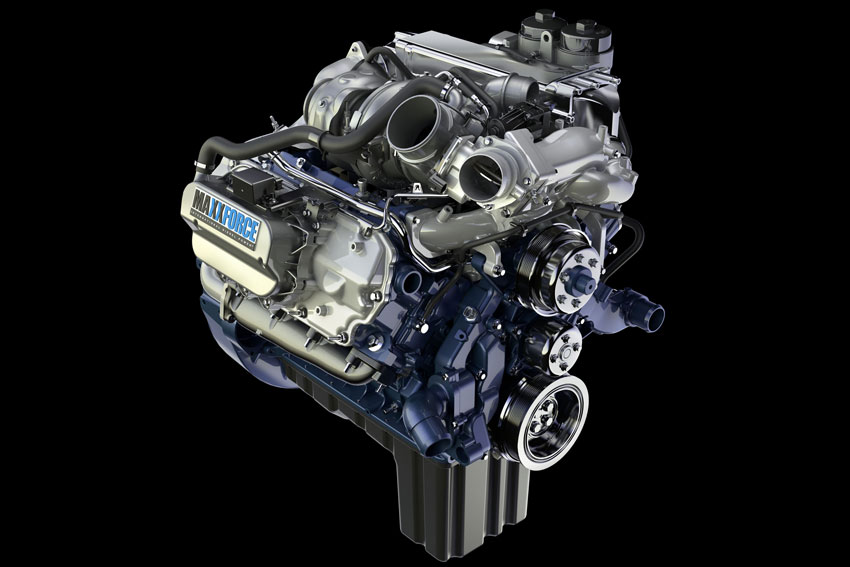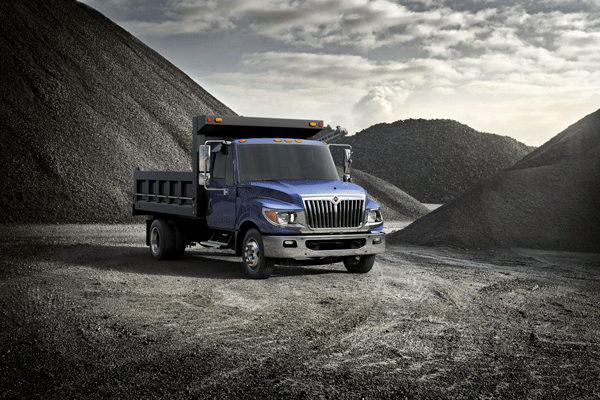Navistar Continues Its Crusade Against SCR and CARB
 Navistar has always blazed its own trail, tracing its manufacturing roots back to 1831 when Cyrus McCormick invented the reaping machine. Today the company is one of the biggest makers and OEMs of diesel engines for trucks (as well as a maker of truck brands like Workhorse and International). It’s also one of the biggest voices confronting upcoming on-highway EPA emission regulations, which it feels are often unfair.
Navistar has always blazed its own trail, tracing its manufacturing roots back to 1831 when Cyrus McCormick invented the reaping machine. Today the company is one of the biggest makers and OEMs of diesel engines for trucks (as well as a maker of truck brands like Workhorse and International). It’s also one of the biggest voices confronting upcoming on-highway EPA emission regulations, which it feels are often unfair.
In April, Navistar withdrew its lawsuit previously filed against the California Air Resources Board (CARB), saying that it was improperly certifying 2010 diesel engines equipped with an after-treatment system called SCR (Selective Catalytic Reduction) that is used to control emissions of oxides of nitrogen, a competing technology to Navistar’s exhaust gas recirculation system (EGR).
But Navistar International Corp. took up the fight again today announcing that the U.S. Environmental Protection Agency (EPA) and CARB presented preliminary proposals aimed at the compliance loopholes found in current 2010 liquid-based SCR systems.
“Navistar first identified these loopholes to the agencies and also presented our concerns at today’s workshop,” said Jack Allen, president of Navistar’s North American truck group. “We will be working with the EPA and CARB to ensure full environmental compliance.”
At today’s joint CARB and EPA workshop, Navistar’s concerns about environmental compliance were backed up by independent test findings that show new commercial vehicles that must contain liquid urea to meet federal NOx emissions standards continue to operate effectively when urea is not present. At such times, Navistar said, the vehicles throw off levels of NOx as much as 10 times higher or more than when urea is present.
The research was conducted by EnSIGHT, an independent environmental consulting firm, using two long-haul vehicles and one heavy-duty pickup, all of which use SCR technology that relies on liquid urea to clean up NOx emissions after they leave the engine. EnSIGHT’s research showed that when liquid urea was not present, there was little or no effect on the vehicles’ operations. This included long periods of time when the vehicles’ urea tanks were empty or were refilled with water instead of urea. One truck tested appears to operate indefinitely with water and as a result without any functioning SCR NOx control. That truck has accumulated more than 13,000 miles with its SCR NOx emission control turned off.
Navistar, which commissioned EnSIGHT’s work, joined two prominent environmental groups, the Coalition for Clean Air and Environment Now, in calling on the EPA and CARB to eliminate the loopholes and the resulting excessive NOx emissions.
“Truck owners are paying a substantial price to comply with 2010 NOx requirements,” said Allen. “They, and the public, deserve to know that the new equipment they are purchasing actually works as promised to curb pollution. It’s obvious, however, that these trucks can operate effectively without liquid urea, and that under these and other conditions, SCR NOx emission control is turned off. We’re calling on the EPA and CARB to assure that all vehicles, not just ours, work when they are supposed to be working.”
It should be noted that Navistar’s decision to use exhaust gas recirculation or EGR technology is fairly unique. This technology (popular in the equipment industry, but not in on-highway applications) involves refining current engine technology to meeting EPA Tier emission standards, providing an in-cylinder solution involving systems like advanced fuel injection, air management, electronic controls and proprietary combustion technology. Continuing on its path to meet the latest emissions requirements through its Advanced EGR MaxxForce engines, Navistar is convinced that it has the only no-hassle, business-as-usual solution that will deliver lower total operating costs for customers. That technology of course competes with the SCR technology mentioned above.

